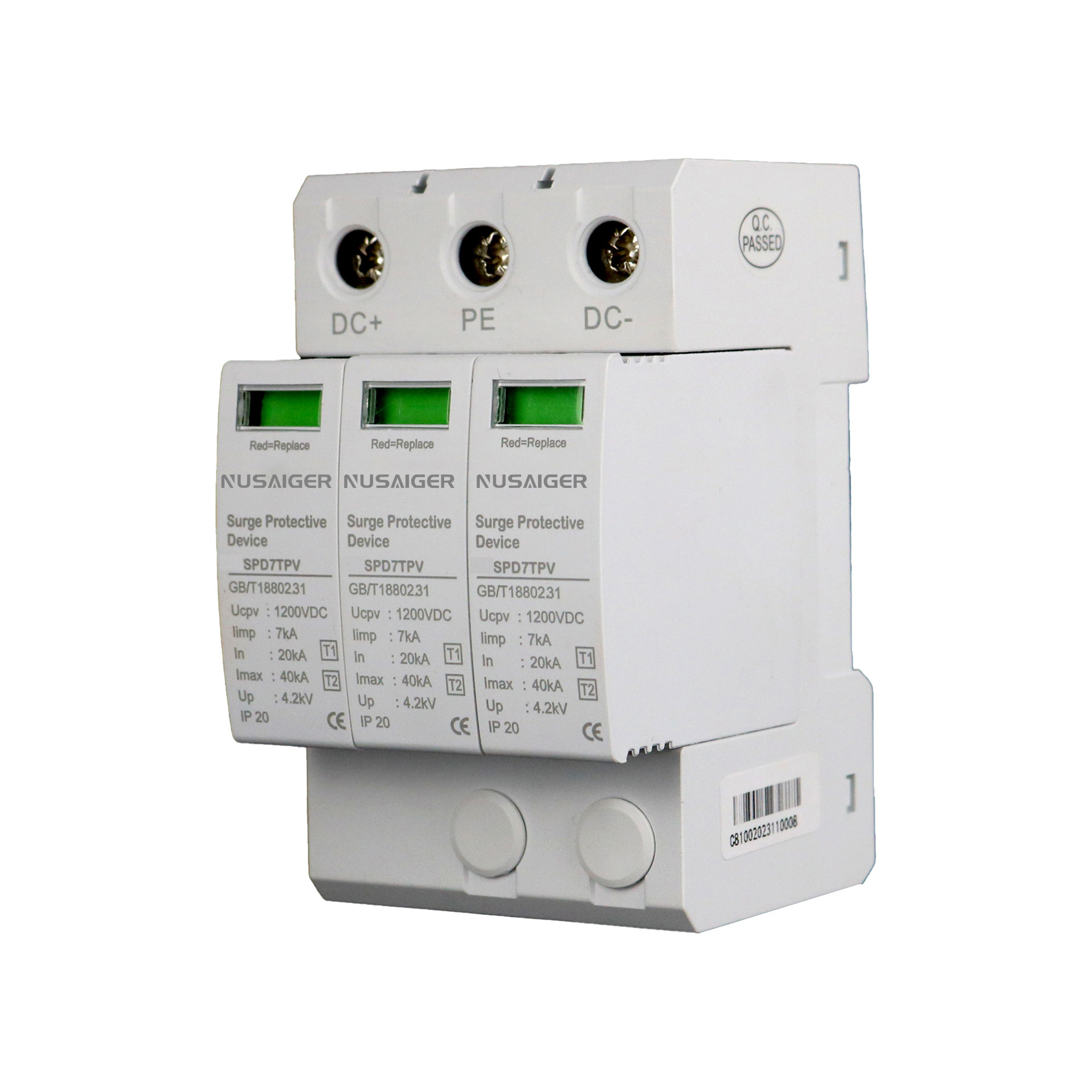How Surge Protective Devices Safeguard Your Electronics from Hidden Electrical Threats
In today’s digital era, homes and businesses rely on an array of sensitive electronic equipment—from computers and smart appliances to industrial automation systems. While most users focus on operational functionality, a crucial yet often overlooked factor is protection from hidden electrical threats. Voltage transients, grid anomalies, and lightning-induced surges can silently degrade or instantly destroy electronics. Surge Protective Devices (SPDs) play a key role in defending against these threats.
Understanding the Hidden Dangers
Unlike major power outages that are immediately noticeable, most damaging surges occur in milliseconds and are caused by internal switching activities or fluctuations in the power grid. These transient surges might not trip a breaker, but over time they lead to component degradation, loss of data, or even total device failure.
How SPDs Work
Surge protective devices detect excess voltage and quickly divert it to the ground, preventing it from reaching connected electronics. They react within nanoseconds, and many are built with metal oxide varistors (MOVs), gas discharge tubes (GDTs), or silicon avalanche diodes to suppress voltage spikes.
Applications Beyond Residential Spaces
While SPDs are crucial in homes, their role is even more critical in:
- Medical facilities with life-sustaining devices
- Manufacturing plants reliant on PLCs and sensors
- Data centers that host mission-critical applications
Choosing the Right SPD
Selecting the right surge protector depends on the system voltage, exposure level, and sensitivity of connected equipment. Ensure it complies with international standards like UL 1449 or IEC 61643, and consider devices with multiple protection modes: L-N, L-G, and N-G.
Conclusion
Hidden electrical threats are a silent but serious risk to modern infrastructure. Integrating a high-quality surge protective device offers an affordable and highly effective line of defense against potentially devastating voltage anomalies.



